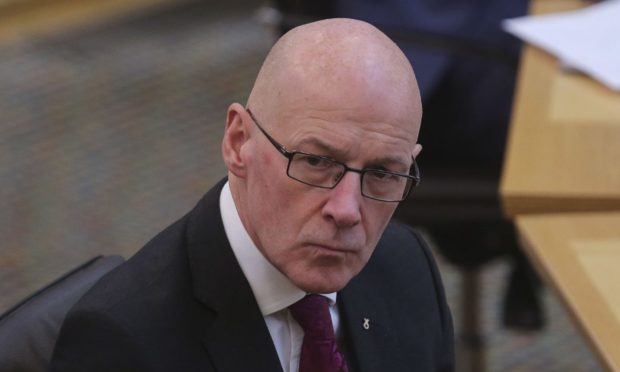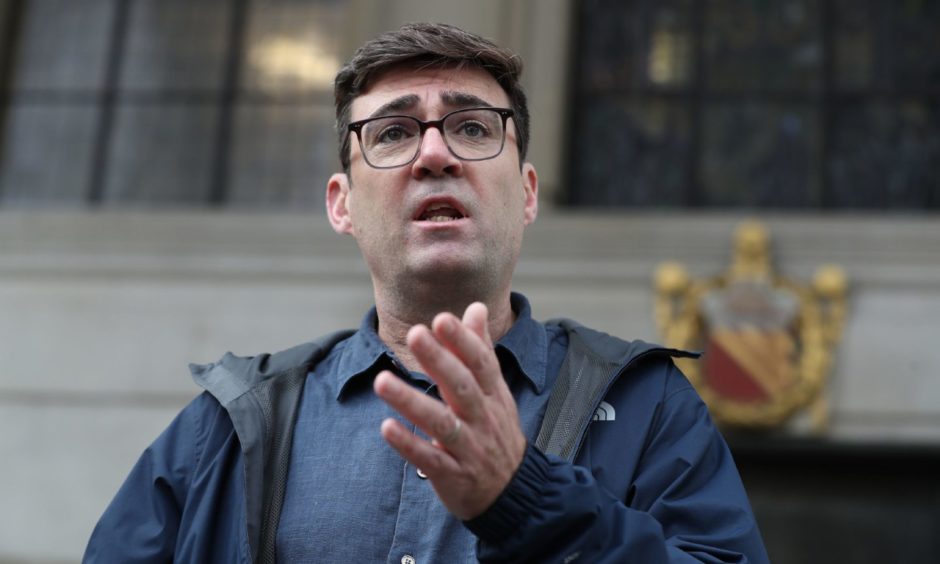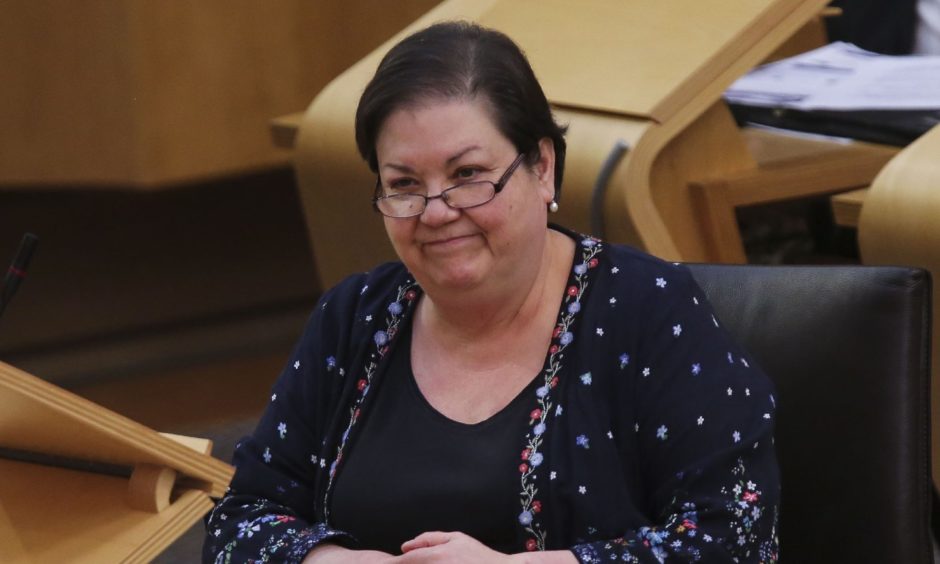Deputy First Minister John Swinney has denied sitting on a decision to announce a travel ban between Scotland and Manchester, amid criticism the region has been treated with “contempt”.
All non-essential travel is banned between Scotland and Manchester from today, in response to rising coronavirus cases in the region.
The Mayor of Manchester Andy Burnham accused the SNP of treating the north of England with “contempt” after bringing in restrictions without consultation.
Speaking to BBC Good Morning Scotland, Coronavirus Recovery Secretary John Swinney denied the Scottish Government had sat on the decision for 24 hours before announcing it on television.
He said he provided a written parliamentary answer on Thursday afternoon on the decision before it was communicated by the first minister during her coronavirus briefing on Friday afternoon.
Mr Swinney said written parliamentary questions are “an accepted way in which parliament is notified of the decisions that the government is making and it’s circulated to all members of parliament”.
However, the Scottish Government has faced criticism for failing to communicate the travel restrictions to parliament during First Minister’s Questions on Thursday.
Critics have also questioned the logic of the Manchester ban, pointing out that infection rates there are at a similar level to cities such as Dundee where no current travel restrictions exist.
Problems with enforcement
In terms of how the ban would be enforced, Mr Swinney said “arrangements are in place under the normal responsiblilities of Police Scotland”.
He said: “Clearly this is about signalling to the public what we are advising them not to do because we’re trying to prevent the spread of the virus.”
However, Dr Nick McKerrell, senior lecturer in law at Glasgow Caledonian University, said “legal problems” arise around enforcement of the ban.
Speaking on GMS, he said “no powers” have been given to Police Scotland to stop cars when a travel ban is in place.
He said “theoretically the police could challenge somebody in Scotland if they’ve discovered they’ve travelled from Manchester within the borders of Scotland”.
But he added this “could be easily challenged because I’m unclear of the powers police would have to stop someone to find that out”.
‘Lack of consistency’
Scottish Conservative MSP Murdo Fraser said there is a “lack of consistency” in the Scottish Government’s approach.
He added that parts of Scotland – including Dundee – had case rates “very similar” to Manchester.
Yet no travel restrictions have been introduced for those travelling to or from the city.
Mr Fraser said not announcing the decision to the Scottish Parliament on Thursday morning “shows a lack of transparency from the Scottish Government”.
Scottish Labour MSP Jackie Baillie said the decision to introduce a travel ban was “not consistent” when no such ban is in place for Dundee.
She added: “We know that if the guidelines lack logic then people tell us that compliance will be down.
“We can’t afford that have that at such a critical juncture.”


